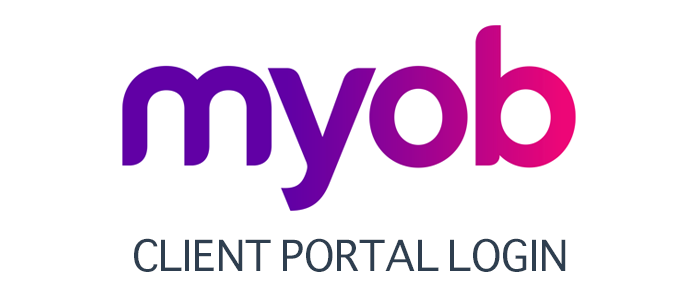How stress and burnout are different, and why the difference is important
It’s helpful to keep the distinction between burnout and stress clear so as not to burden individuals with responsibility for fixing workplace issues that require management attention, writes Dr Karen Morley.

Even before the pandemic, burnout was said to be reaching epic proportions; a third of workers reported that they felt burned out. Since the pandemic, it’s skyrocketed.
Stress helps us to respond to the challenges we face, and most people experience manageable, if higher, levels during crises. When the challenges don’t let up, though, stress goes beyond manageable levels. Given that the pandemic won’t be over any time soon, we need to become better at noticing stress, reducing overwork and increasing wellbeing to prevent chronic stress and burnout.
In 2019, the World Health Organisation recognised burnout as an official diagnosis, which is characterised by three symptoms: feelings of energy depletion or exhaustion; increased mental distance from one’s job, or feelings of negativism or cynicism related to one’s job; and reduced professional efficacy.
Often, the term “burnout” is used as if it were interchangeable with “exhaustion”, which it’s not, even if it feels like it is! The three elements interact with each other: as you feel more worn out, you have less effort to contribute, which leaves you feeling less effective, contributing to increased burnout.
Burnout applies specifically to chronic stress resulting from workplace stressors that are poorly managed. It is not an individual health problem, and it isn’t confined to any particular professional group: the term was created to highlight workplace issues so as to encourage employers to support the health and wellbeing of their workforce.
It’s helpful to keep this distinction between burnout and stress clear so as not to burden individuals with responsibility for fixing workplace issues that require management attention.
Burnout negatively affects mood, learning and memory, and that reduces ambition, aspiration and sense of worth. Overall, it interferes with engagement in work.
The solution to burnout lies in reducing overwork, promoting a more human work culture, strong proactive stress management and emphasising recovery and renewal. Workload demands need to be manageable, employees need to have a sense of control over their work, they need to be appropriately recognised for what they do, feel supported in their work and have a sense that the workplace is a fair one.
Whether or not your organisation helps or hinders these factors is a big part of the burnout equation. How you manage yourself within your context – whether supportive, unhelpful or absent – matters too.
High achievers in particular – with your high work ethic and standards – are prone to getting caught in the slipstream of overworking.
Here’s a simple four-step process – REAP – to reset yourself, reduce your experience of stress, prevent burnout and grow your resilience:
1. Recognise
Mindfully pay attention to your state. Are you taking the time to recharge your energy regularly? Have you got the basics of wellbeing – sleep, exercise and nutrition – under control?
2. Evaluate
What are you telling yourself about how hard you need to work, when and how frequently you take breaks, and how much you are achieving? Do you need to give yourself a break – in more ways than one? Are you spending enough time renewing your energy? Do you have the right support network?
3. Align
Are your actions and achievements aligned with your purpose, values and goals? Remind yourself of what these are.
4. Prime
Cut the friction from your system. Have you set up your work location and habits for success? How much of your time is spent on focused, high-quality work? What do you need to do to increase your focus?
Dr Karen Morley is an executive coach. She is also the author of “FlexAbility: How high achievers beat burnout and find freedom in an overworked world”, “Beat Gender Bias”, “Lead Like a Coach”, and “Gender-Balanced Leadership”.
Dr Karen Morley
24 February 2022
accountantsdaily.com.au




